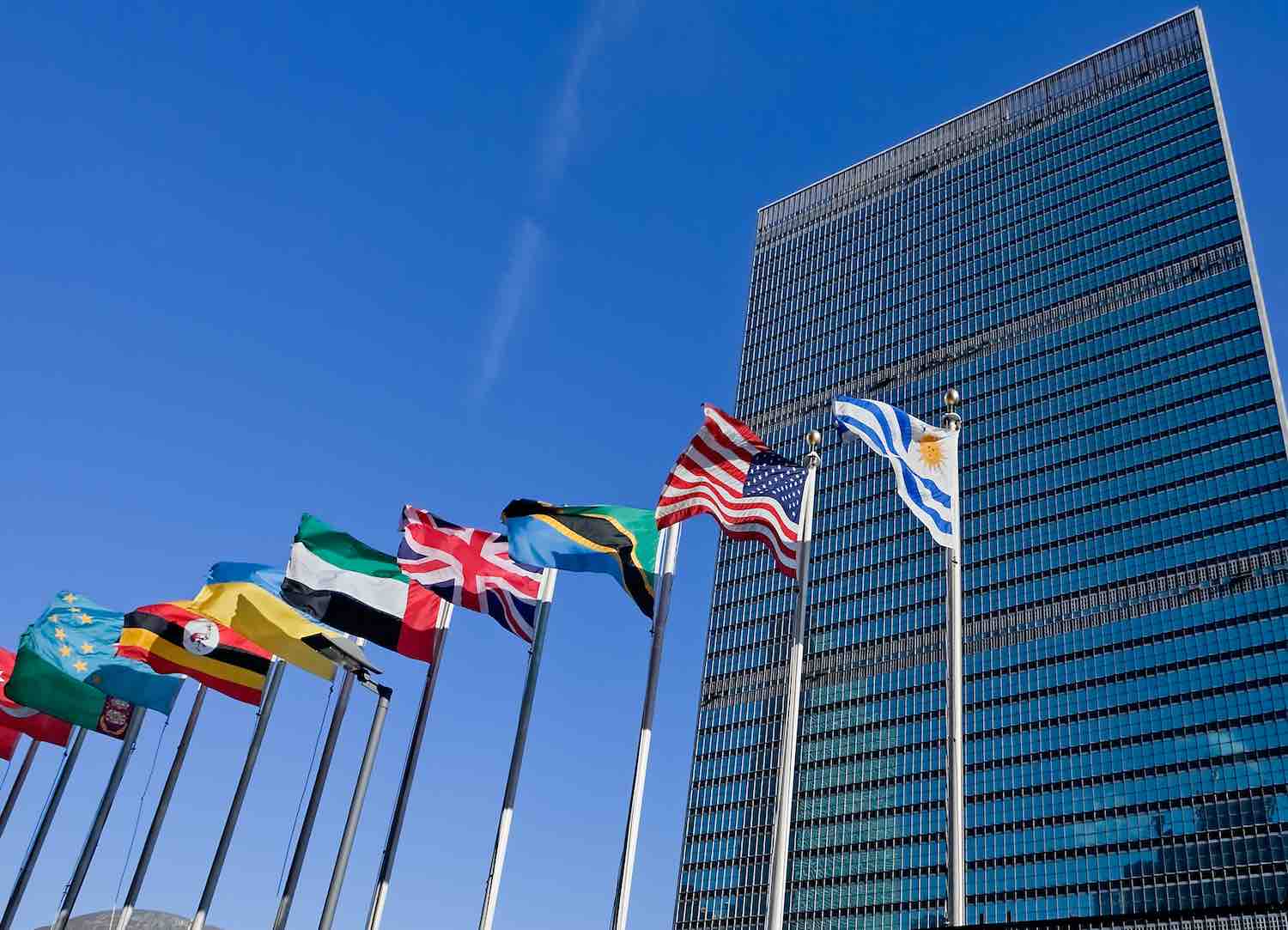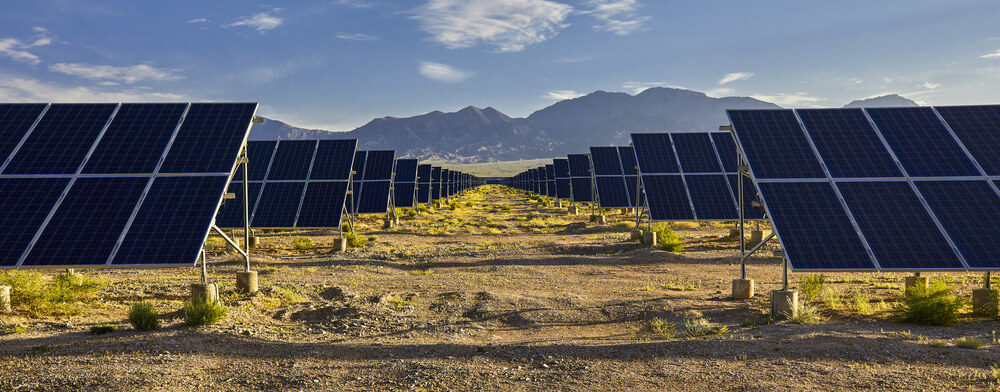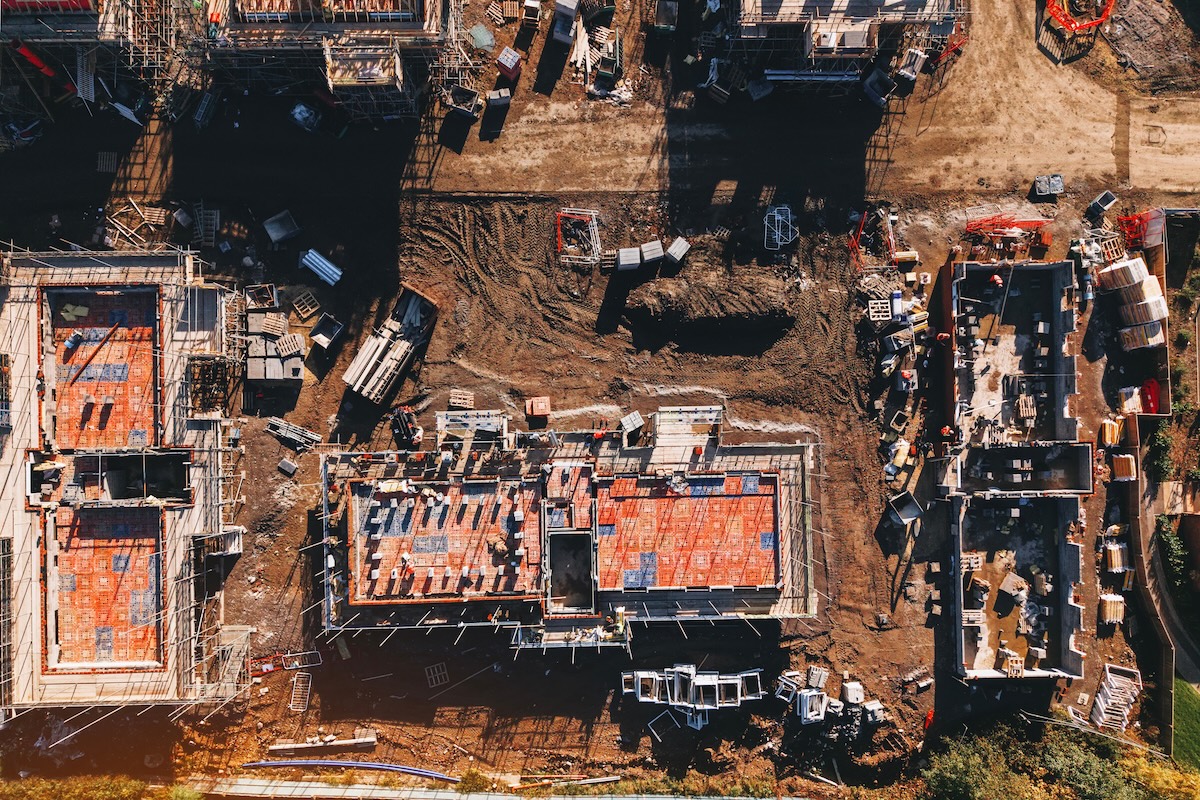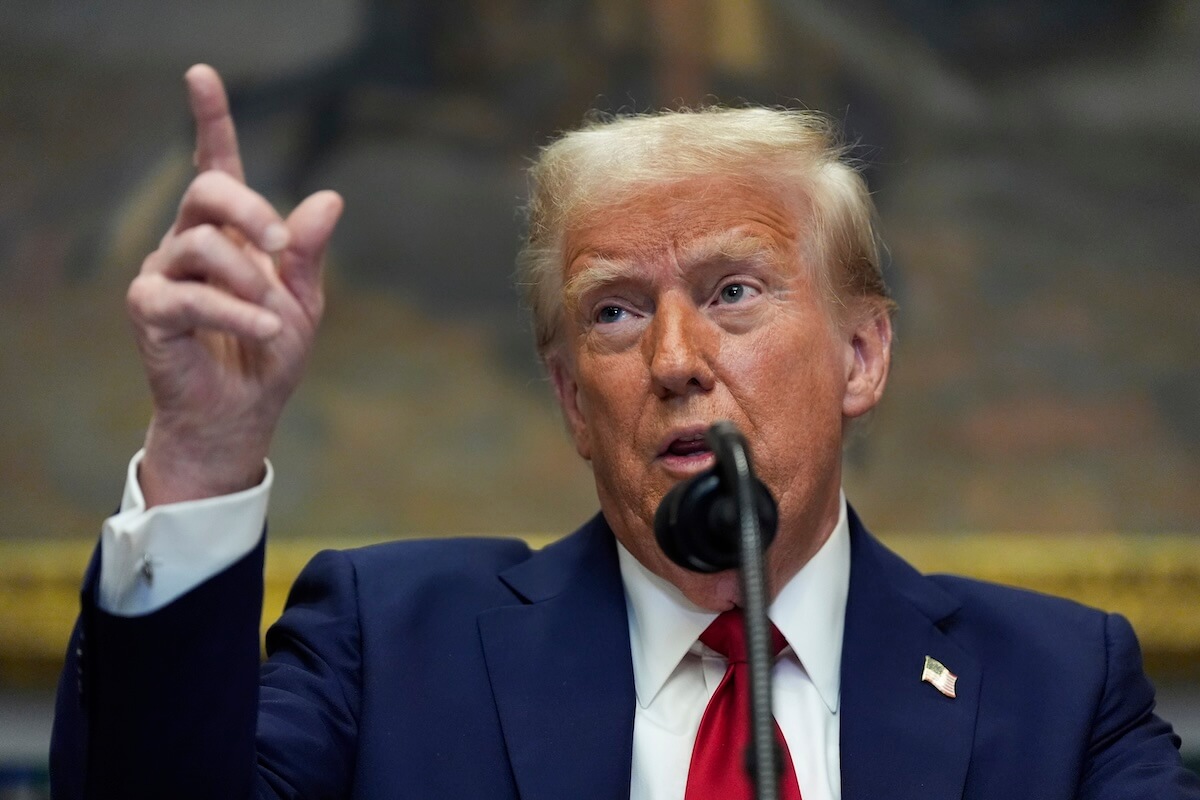ImpactAlpha, Sept. 14 – Wildfires raging across the U.S. west coast. Intentional burning ravaging tropical rainforests. Flooding in Bangladesh, India and West Africa. Melting ice in the Arctic Circle.
Climate change is in full swing as ‘Climate Week’ prepares to bring together global leaders to try and breathe life into the stalled climate action agenda. The annual smorgasbord of events, usually in New York, is largely online this year. A drumbeat of events, coordinated with the 75th meeting of the United Nations General Assembly, begin this week.
This year’s meeting kicks off the 10-year march to the 2030 deadline for the Sustainable Development Goals, adopted by 193 countries in the halcyon days of 2015. This also was the year, under the Paris climate accord (also ratified in 2015), that governments were due to submit stepped up plans to cut greenhouse gas emissions.
By about now, the combination of global cooperation and falling costs for renewable energy was supposed to have set in motion a virtuous circle of increased ambitions, and the “ratcheting” of national commitments. With such successes, the decarbonization of the world economy was to blow through the Paris goals of keeping global warming below 2 degrees, and take aim at the much more prudent goal of 1.5 degrees. (This year’s hurricanes, wildfires, droughts and sea ice loss are occurring with an increase of only 1.1 degrees.)
Instead, this year’s 26th United Nations Climate Change Conference, or COP26, set for Glasgow, has been postponed until next year, per the COVID crisis. With current rates of progress, the world will not achieve the SDGs until 2082, or 52 years late. The latest estimates of the Social Progress Imperative suggest Covid-19 and the accompanying economic crisis could delay progress another decade, to 2092.
“We are breaking all the barriers right now,” said former U.S. Secretary of State John Kerry at a climate briefing arranged by U.S. Democrats over the weekend. As things stand, global temperatures will rise by more than 4 degrees Celsius – twice the amount needed to avert the worst effects of climate change. “An absolute calamity for the planet,” Kerry called it.
Even before COVID, the world was not doing enough. Only Morocco among all the parties to the Paris climate agreement is in line with a 1.5 degree warming scenario, according to the Climate Action Tracker, an analysis of government climate action. The nonprofit consortium behind the tracker deems the E.U. “insufficient” and U.S. “critically insufficient.” The group plans to release an update on Thursday.
The global health pandemic has derailed climate efforts as well as progress on broader Sustainable Development Goals. COVID’s disproportionate effect on low-income and communities of color, who make up a large part of the “essential” workforce, highlights the shortfall. The crisis could push another 176 million people worldwide into poverty without stronger safety nets, a U.N. poverty expert warned. For U.N. Secretary-General Antonio Guterres, the next few weeks are a chance to restart a stalled climate and social agenda.
Says Ceres’ Mindy Lubber: “This decade must be a decade of action.”
Shutdowns have not shut down renewable energy and green infrastructure investments
Green recovery
The series of events and high-level meetings that will unfold over the next few weeks is intended to galvanize global leaders and get climate action back on track. As much as COVID has created challenges, it also presents what might be the best opportunity in a generation to achieve real progress on climate change and sustainable development.
“Economic stimulus plans now being proposed in countries around the world offer a once-in-a-generation opportunity to boost clean energy technology innovation,” declared the International Energy Agency in its newly released Energy Technology Perspectives. To reach net-zero emissions by 2050, annual additions of renewable energy capacity need to quadruple from 2019 levels, says the report.
Another lesson from the COVID crisis: The money is there. The U.S. alone has unleashed $5 trillion in COVID aid and stimulus, although little of it is specifically for “green” recovery plans.
“It’s not a question of capacity, it’s a question of willpower,” as Kerry put it.
The European Union is leading in that department: it is earmarking €550 billion for green projects over the next seven years, a third of its total recovery spending and the largest ever climate funding pledge.
Bottom-up
In the U.S., the Trump administration has taken the opposite approach, rolling back environmental protections and propping up ailing fossil fuels companies. That has mobilized local governments, tribes, businesses, activists and investors in what the climate group America’s Pledge calls “a groundswell of bottom-up climate leadership across the country.” The group was formed by former New York mayor Michael Bloomberg and former California Governor Jerry Brown after the Trump administration announced in 2017 it would withdraw from the Paris Agreement.
The group has calculated that ambitious action by states, cities, and businesses could cut U.S. greenhouse gas emissions by more than a third below 2005 levels by 2030, even without federal leadership.
In a report to be released this morning, America’s Pledge says that despite COVID, the U.S. has made positive progress in four of the five sectors it tracks that are responsible for over three-fourths of the country’s greenhouse gas emissions, thanks to non-federal efforts. Resilient demand for clean energy suggests we may have passed a tipping point in the energy transition, it adds.
Aid for state and local governments struggling under the weight of the COVID pandemic is key. “Without this infusion, progress could slow, resulting in an inability to achieve the needed 2030 emissions reductions,” write the authors.
Still, the upcoming U.S. presidential election looms large. With a re-engaged federal government in 2021 driving national goals such as grid modernization and electric vehicle infrastructure, emissions could be slashed by almost half from 2005 levels. That would put the U.S. on track to be a net-zero carbon economy by 2050, says America’s Pledge.
Presidential candidate Joe Biden has released a green recovery plan that would put climate, jobs and racial justice at the center of stimulus spending. At least some in the Trump administration are embracing the need for climate policies. A report by a key financial regulator last week called for establishing a market price for carbon, among other actions to address the climate threat.
U.S. regulator urges a price on carbon to stem climate risks
Here’s a look at some other climate-related highlights:
Beyond Petroleum. BP’s Bernard Looney will put more details behind his pledge to move the oil giant to a clean energy future and achieve net-zero emissions by 2050. He has promised to increase investments in renewable energy by tenfold, and last week announced a $1.1 billion deal for stakes in two U.S. offshore wind projects from Norway’s Equinor.
COP26. UK Prime Minister Boris Johnson will outline plans for the 2021 U.N. climate summit, now scheduled for November 2021 in Glasgow. Several developing countries are expected to submit their climate plans to the U.N., and a number of corporations will announce new net-zero strategies and supply chain standards.
Youth movement. Fridays for Future is back with its first global youth climate strike since 2019. This year’s day of action, on Sept. 25, will bring socially distanced youth onto streets across the globe.
Write-downs of stranded fossil fuel assets are here – and getting bigger












